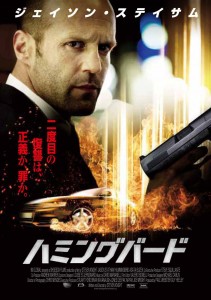
“Redemption” Japanese Theatrical Poster
AKA: Hummingbird
Director: Steven Knight
Cast: Jason Statham, Agata Buzek, Vicky McClure, Benedict Wong, Ger Ryan, Youssef Kerkour, Anthony Morris, Victoria Bewick, Danny Webb, Sang Lui
Running Time: 100 min.
By Zach Nix
British actor Jason Statham is mainly recognized as an action star in cinematic circles due to his appearances in such action franchises as the Transporter series, the Crank series, The Expendables series, and even standalone films like The Killer Elite, Safe, and Parker. However, people need to remind themselves that Statham got his start not as an action star, but as an actor in Guy Ritchie’s witty and gritty crime comedies Lock, Stock, and Two Smoking Barrels and Snatch. He began his career playing confident and cockneyed wise guys in character driven British productions, not ass kicking brawlers in action heavy blockbusters. However, all it took was The Transporter, a French/Chinese co-production, and Statham became more or less the last successful international action star of the post 2000s.
Statham is and always will be a great action star, but the true, or at least original Statham, is the dramatic Brit who works within British productions underneath British filmmakers. Case in point: 2013’s Redemption (a.k.a. Hummingbird). This under seen and nearly forgotten London based crime drama is not only a return to form for Statham the actor, but also one of his very best films, bolstered by one of his greatest performances under the helm of writer/director Steven Knight (Locke). While a few storytelling flaws permeate the picture, Knight’s directorial debut is otherwise a thoroughly engrossing crime drama that consistently surprised me every step of the way.
Statham plays Joseph Smith, an ex-Special Forces soldier who abandoned his post in Afghanistan. He now resides in London as a homeless drunk, leaving behind his previous life and responsibilities in order to avoid being arrested for going AWOL. When he and his bunkmate, Isabel, are attacked one night, Joseph crawls into an apartment, only to discover its owner to be on vacation for the rest of the summer. Joseph takes advantage of the opportunity, thereby cleaning himself up and taking on the identity and bank account of the man who lives there. As Joey emerges from hiding, his summer slowly but surely becomes eventful, as he bonds with Sister Cristina (Agata Buzek), a good-hearted nun who provides food for the homeless, becomes a drug runner and money collector for the Chinese mob, and seeks vengeance on the death of Isabel. All of these various plot threads collide over the course of the picture as Joseph’s morals and beliefs are put to the test.
One of Redemption’s greatest assets is its premise, which is undeniably interesting and engrossing. On the surface, Redemption is simply a tale of, well, you guessed it, redemption, as a homeless man cleans himself up and turns his life around whilst facing the sins of his past. It’s also neat to watch a protagonist’s turnaround come along with the perks of an abandoned apartment that they accidentally stumbled upon. Talk about some luck? However, what makes the film so compulsively watchable and unpredictable is that it goes places that you wouldn’t expect and covers far more ground than expected. Redemption is not just the story of Joseph’s redemption, but also the story of Cristina’s inner conviction with her own morals, faith, and past sins. Redemption is just as much Joseph’s picture as it is Cristina’s, as both she and Joseph go hand in hand with each other as flawed humans who try to live one life whilst escaping the realities of another. It doesn’t matter that one is a bone breaking gangster and the other a flawed religious nun, they both admire one another’s ambitions and bond over their similarities. On top of that, the film also tackles themes regarding war related PTSD, substance abuse, revenge, and human trafficking. While Knight may bite off more than he can chew by tackling so many issues within one film, albeit a short 100 minute long feature, he is to be commended for providing so many complex layers within a surface level “redemption” story.
Knight is a great writer and director, as evident by both Redemption and his latter film Locke. He clearly has an eye for broken and flawed characters whom are also redeemable and relatable, thereby making them all the more realistic and interesting as protagonists. He also seems to enjoy playing within the neo-noir genre, imbuing both dramatic and criminal aspects within his character driven pieces. Another aspect of Knight that shines is that he understands the power of planting seeds early on within a picture to bring back later on to great effect. For example, Joseph discovers that the man who owns the apartment he stumbles upon will not return until October 1st. This date is brought up again later on when Cristina purchases a ticket to the farewell show of a ballet on none other than October 1st. The characters point out that this information is fate, but it’s also careful planning on Knight’s part as a filmmaker, as he crafts a saga that lasts an entire summer and builds anticipation until one fateful date.
Although Redemption is clearly a crime noir, its focus is not placed on drug deals and bursts of violence, but instead more so on the relationship between Statham’s character and Polish actress Agata Buzek. Statham and Buzek’s scenes are so beautifully performed and shot that one won’t even wonder when the next action scene or violent beat down will occur, as the two actors command all attention. Many of Statham and Buzek’s scenes are shot in very long takes, which makes their conversations and friendship all the more believable, and extremely adorable as well. Seriously, these two actors are the heart of the film. Statham has never shone brighter than here, giving truly one of the best performances of his career. And Buzek, who was previously unknown to me, gives a beautifully gentle and nuanced performance. Although both characters experience significant arcs that are immensely gripping, it’s a shame that Knight was not able to stick the landing of his film’s finale, as it somewhat brings his characters back to square one.
As I stated before, Knight weaves numerous plot threads together that eventually build to an inevitable finale where Joseph’s morals are tested. Unfortunately, these threads produce nothing more than a rather lackluster conclusion that pales in comparison to its build up. Without going into spoilers, it’s clear that Knight was trying to deliver an ending similar to the ones found within Gran Torino and Taxi Driver in which the protagonist sets their well being aside in order to stand for a greater cause or to send a message to society. However, the emotional climax of the film fails to be nearly as satisfying or affective as it should have been, as Knight seems to rush the story to a point that unsatisfactorily places his characters seemingly back at square one, all but making the eventful summer in London a somewhat wasteful one. You may see the ending differently than me, but that was simply my gut reaction to it all.
That major narrative criticism aside, Redemption is nothing but technically stellar, boasting both incredible cinematography and bone crunching action scenes to boot. Lensed by Chris Menges, the film is lush as can be with a neon blue, pink, and purple color palette that makes the film look positively extravagant. Menges and Knight also make affective choices as to where to place the camera and when to move it during scenes, such as the previously discussed dialogues between Statham and Buzek. As far as the film’s action scenes come, they are few and far between. After all, this is a crime drama first and foremost. That being said, the very few fights that occur are positively bad ass and viscerally affective, from an early beat down where Statham confronts a group of a drunk patrons at a restaurant to his eventual vengeance against two gangsters responsible for killing his old friend Isabel. To be honest though, the viewer will be so invested in Statham’s journey that they won’t even wonder when the next fight will occur, as the story will be enough to please them.
After spending the first portion of this review discussing Statham’s career as an actor, I personally believe that Redemption is the perfect blend of both his action and dramatic sensibilities. Statham shows off immense vulnerability here as a flawed and wounded character whom one wouldn’t normally associate with the rest of his action centric characters. Even though it comes as a shock seeing Statham act for such long periods of time instead of beating down enemies within the film, it should be a reminder that Statham possesses the magnetism and charisma of a good actor, not just a physical action star. When he does bust out the chops though, his experience from his martial arts centric pictures shows, bringing a welcome believability to his action scenes. If anything, Redemption should prove that Statham has the complete package, in that he can both act and kick ass. Although Statham’s action career has been far from perfect (i.e. Transporter 3, The Killer Elite, Parker), Redemption ironically redeems the actor of all past sins, once again placing him atop the pedestal of the previous generations’ reigning action stars.
As far as Redemption comes as a film, and not just as a Statham vehicle, it’s quite superb. Although I pointed out that the film flounders towards its finale and tackles a tad too many sub-plots and themes, it’s mostly affective and admirable in its ambitions. Somewhere within this very good crime drama is a great movie, positively even one as great as the somewhat similar Taxi Driver or even Clint Eastwood’s swan song Gran Torino. But alas, I’ll settle for the very good drama that it is, as it completely engrossed me from start to finish. I thank it for introducing me to Agata Buzek, who is an excellent actress, and for confirming that Steven Knight is a great filmmaker to look out for. All in all, Redemption is a stupendous crime saga, and a great reminder that checking out under seen or smaller films can sometimes result in the most pleasant of discoveries.
Zach Nix’s Rating: 8/10

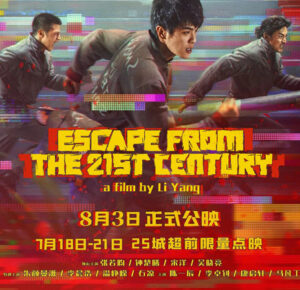
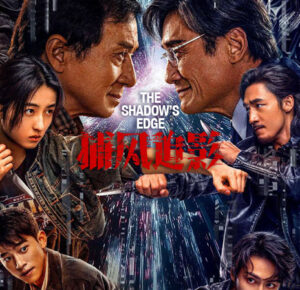
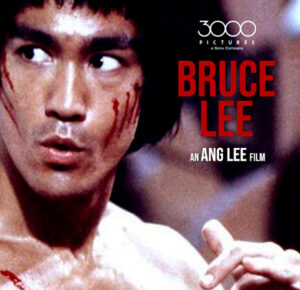
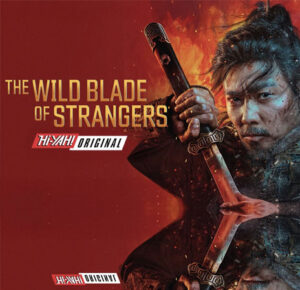
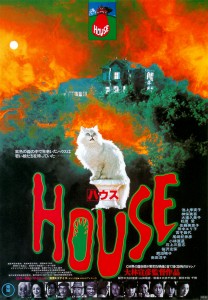

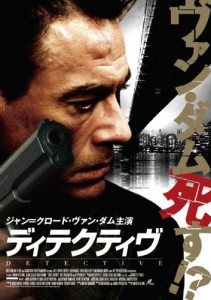
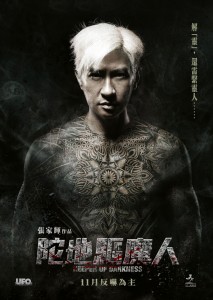
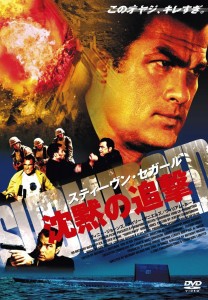

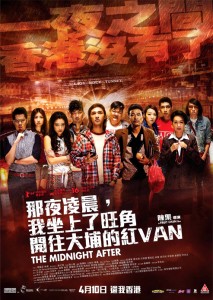


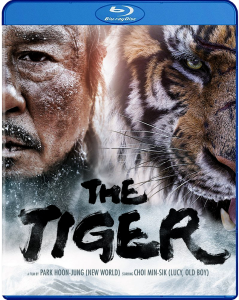


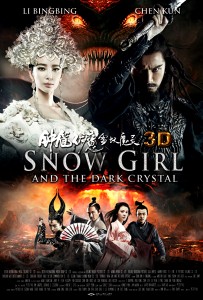
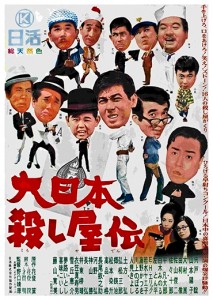

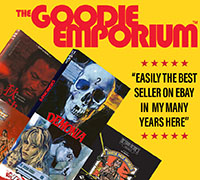

2 Comments